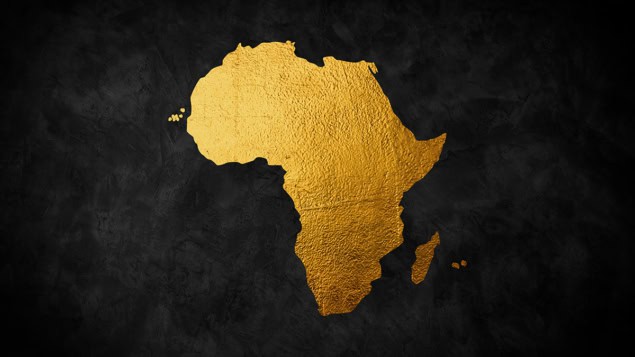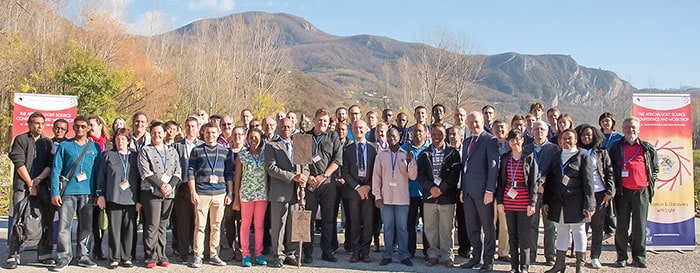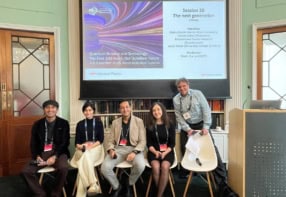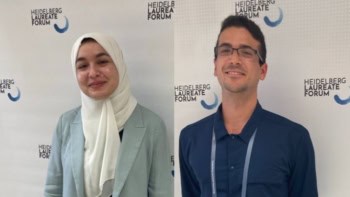
Officials at the African Light Source (AfLS) Foundation are targeting 2035 as the start of construction for the continent’s first synchrotron light source. On 9 December the foundation released its “geopolitical” conceptual design report, which aims to encourage African leaders to pledge the $2bn that will be needed to build and then operate the facility for a decade.
There are more than 50 synchrotron light sources around the world, but Africa is the only habitable continent without one. These devices use magnets to accelerate electrons in a circular ring to near the speed of light, which then emit intense beams of synchrotron radiation. The X-rays are used to study the structure and properties of matter.
Scientists in Africa have been agitating for a light source on the continent for decades, with the idea for an African synchrotron having been discussed since at least 2000. In 2018 the African Union’s executive council called on its member states to support a pan-African synchrotron and the following year Ghanaian president Nana Addo Dankwa Akufo-Addo began championing the project.
The new 388-page report, which has over 120 contributors from around the world, lays out a comprehensive case for a dedicated synchrotron in Africa, stating it is “simply not tenable” for the continent to not have one. Such a facility would bring many benefits to Africa, ranging from capacity building and driving innovation to financial returns. It cites a 2021 study of the UK’s £1.2bn Diamond Light Source, which essentially paid for itself after just 13 years.
“Without its own synchrotron facility, Africa will be left further behind at a corresponding accelerated rate and will be almost impossible to catch up to the rest of the world,” says Sekazi Mtingwa, a US-based theoretical high-energy physicist. Mtingwa is one of the founders of the South-Africa-based AfLS Foundation and editor-in-chief of the report.
The 2035 date is far away and gives us time to convince African governments
Simon Connell
The AfLS Foundation believes its report will persuade African governments to back the initiative. “The 2035 date is far away and gives us time to convince African governments,” Simon Connell, chair of the AfLS Foundation, told Physics World. He says it wants the funding to “predominantly come from African governments” rather than international grants. “The grant-funded situation is bedevilled by [the question of] where the next grant will come from,” he says. A shining light for African science
Yet financial support will not be easy. Some have questioned whether Africa can afford a synchrotron given the lack of R&D funding in African countries. In 2007 African Union member states committed to spending 1% of their gross domestic product on R&D, but the continent still spends only 0.42%.
John Mugabe, a professor of science and innovation policy at the University of Pretoria in South Africa, notes that the light source is not even mentioned in the African Union’s science plans or in the science, technology and innovation initiatives of the G20, an international forum of 20 countries. “I do not think that there is adequate African political backing for the initiative,” he says.
However, a boost for the AfLS came on 12 December when the African Academy of Sciences (AAS), which is based in Nairobi, Kenya, and had been pushing for its own light source – the African Synchrotron Initiative – signed a memorandum of understanding with the AfLS to co-develop a synchrotron.
“[This] is a pivotal milestone in the continental effort to establish major infrastructures for frontier science in Africa,” says Nkem Khumbah, head of STI policy and partnerships at the AAS.



